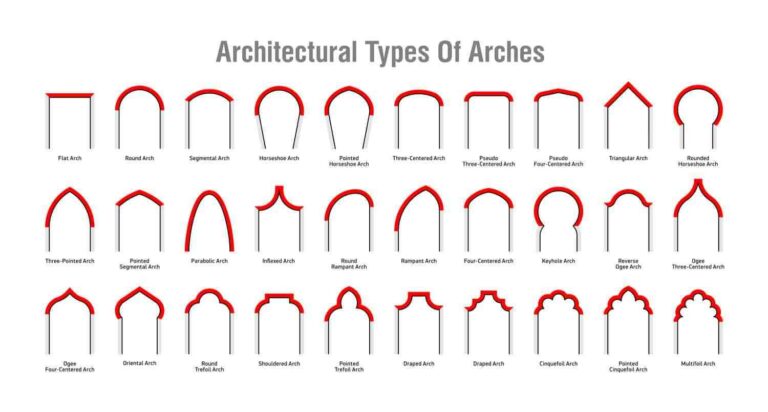Fume hoods/ lemari asam are a cornerstone of laboratory safety, essential for protecting personnel and the environment during chemical experiments. When working with high-energy chemistry applications—those involving volatile reactions, high temperatures, or explosive materials—specialized fume hoods are critical. This article explores the key considerations for designing fume hoods for such applications, offering insights to laboratory professionals and educational institutions.
The Importance of Specialized Fume Hoods in High-Energy Chemistry
High-energy chemistry applications pose unique challenges, requiring fume hoods designed to withstand extreme conditions. Standard fume hoods may not provide adequate protection against the risks of high-energy reactions, which can include:
Explosion Risk: Volatile reactions can generate overpressures, necessitating explosion-proof materials.
Thermal Resistance: High temperatures from experiments demand materials resistant to heat degradation.
Chemical Resistance: Aggressive solvents and reagents used in high-energy reactions require materials that resist corrosion.
These hazards underscore the need for fume hoods tailored to these rigorous demands, ensuring safety, durability, and compliance with laboratory regulations.
Key Features of Fume Hoods for High-Energy Applications
Designing fume hoods for high-energy applications involves incorporating specific features that enhance safety and performance. Below are some critical design aspects:
Explosion-Proof Construction
High-energy reactions can release gases and cause explosions. To mitigate these risks, fume hoods should include:
Reinforced Materials: Stainless steel or laminated safety glass for increased structural integrity.
Explosion Relief Panels: Panels designed to safely vent pressure build-up during an incident.
Intrinsic Safety Features: Elimination of spark-generating components, such as unsealed electrical fixtures, to minimize ignition risks.
Enhanced Thermal Resistance
Experiments involving combustion or high-temperature processes demand materials that can withstand extreme heat. Fume hoods should incorporate:
High-Temperature Liners: Materials like ceramic or coated metals that resist heat damage.
Specialized Airflow Systems: Ensuring optimal heat dissipation without compromising containment.
Advanced Ventilation Systems
Proper ventilation is the heart of any effective fume hood. For high-energy applications, ventilation systems should be capable of:
High Face Velocity: Rapidly removing fumes and particulate matter.
Variable Air Volume (VAV) Controls: Adjusting airflow rates dynamically to maintain optimal containment.
HEPA Filtration: Capturing fine particulates or toxic byproducts from high-energy reactions.
Chemical-Resistant Surfaces
Corrosive reagents used in high-energy chemistry can degrade materials over time. Fume hoods should feature:
- Epoxy-Coated Steel or Polypropylene Interiors: Offering resistance to aggressive chemicals.
- Seamless Designs: Minimizing crevices where chemicals can accumulate and cause damage.
Tailoring Fume Hoods to Different Laboratory Settings
The needs of industrial laboratories and educational institutions differ significantly, influencing the choice and design of fume hoods.
Industrial Laboratories
For industries engaged in high-energy research and development, fume hoods must meet stringent operational demands:
Customization Options: Modular designs to accommodate specialized equipment or unique processes.
Compliance with Standards: Adherence to OSHA, ANSI, and NFPA regulations for worker safety.
High-Capacity Systems: Supporting heavy-duty operations with robust exhaust and filtration mechanisms.
Educational Institutions
Schools and universities require fume hoods that balance safety with cost-effectiveness:
Durability: Materials that withstand frequent use by students with varying skill levels.
Simplified Controls: User-friendly interfaces for managing airflow and safety systems.
Enhanced Visibility: Clear panels for better supervision during demonstrations.
Choosing the Right Manufacturer
When selecting a fume hood for high-energy applications, partnering with a reputable manufacturer is essential. Look for companies offering:
Proven Expertise: Experience in designing fume hoods for specialized applications.
Customization Services: Tailored solutions to meet specific laboratory needs.
Maintenance Support: Comprehensive warranties and access to replacement parts or servicing.
Manufacturers like roland.co.id specialize in providing cutting-edge fume hoods for high-energy chemistry. Their products integrate advanced safety features, ensuring reliable performance across industrial and educational settings.
Conclusion
Designing fume hoods for high-energy chemistry applications is a complex process that demands attention to safety, functionality, and compliance. From explosion-proof construction to advanced ventilation systems, these fume hoods must address the unique challenges posed by volatile reactions and aggressive chemicals. By investing in well-designed fume hoods, laboratories and schools can ensure a safer environment for innovation and learning.
For more information on selecting or designing fume hoods for your specific needs, contact roland.co.id—a leader in fume hood technology for high-energy chemistry.





